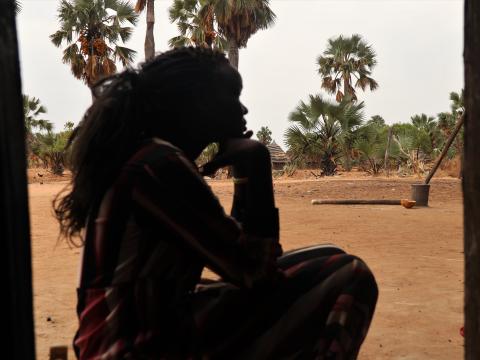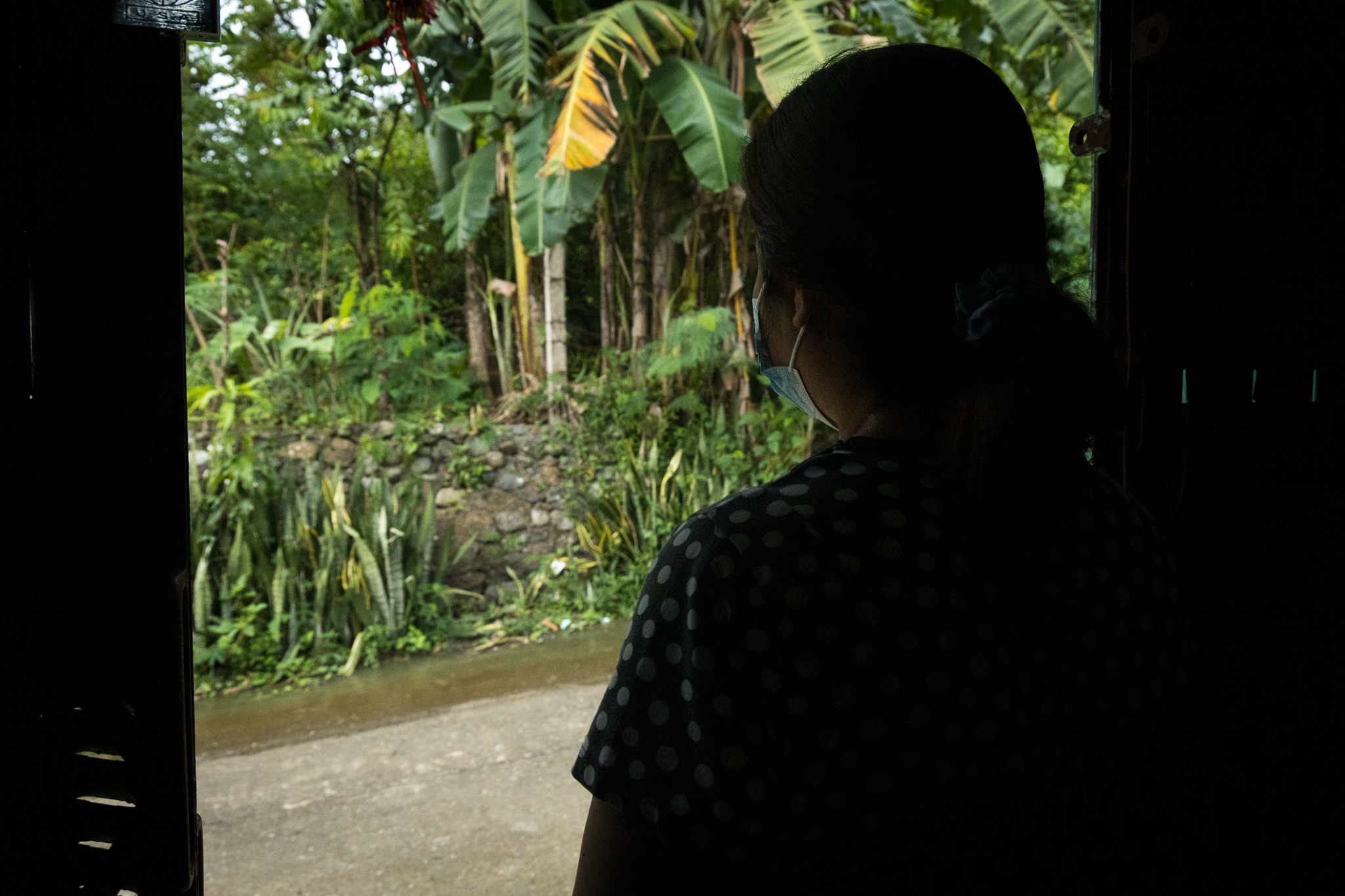What you need to know about Female Genital Mutilation (FGM)


What is FGM?
Get ready to wince, and maybe turn your device away from the kids…
Female Genital Mutilation (FGM), also known as cutting, is the intentional partial or total removal of external female genitalia or other injury to the female genital organs for non-medical reasons. Most tragically, the practice is common among infant girls and children up until the age of 15 and is often carried out under primitive and unsanitary conditions without aesthetic.
That sounds pretty awful…
It really is. FGM has absolutely no medical benefits but many negative consequences for a girl subjected to it, many of which will scar her for life. The practice is recognised internationally as a violation of the human rights of girls and women, yet once every ten seconds, a baby, girl or woman is cut somewhere in the world.
Where is this going on?
FGM happens on all continents except Antarctica and is not exclusive to a single location or religion. However, it is most common in 30 countries in the Middle East and across central Africa, specifically Djibouti, Egypt, Guinea, and Mali, where 90% or more of women aged 15 to 49 have been subjected to FGM. Around three million girls a year are understood to be at risk.
That’s a lot of places! Why does it happen?
FGM still continues as a practice, even now, because of gender inequality. Most commonly, girls are either forced or convinced to be ‘cut’ because of social pressure and deep cultural beliefs that a girl’s value to her family and her community is determined by her suitability for marriage, and that FGM makes her more appealing as a prospective wife. There is no religious scripture or teaching that advises FGM, but many community and faith leaders perform it in preparation of a female child’s anticipated marriage – in fact, FGM and child marriage are commonly linked.
Because FGM often causes women to experience pain during sex, it is believed to reduce the risk of her being promiscuous or unfaithful. It may be carried out to preserve a girl’s virginity, to increase her marriageability, to enhance male sexual pleasure, for social acceptability or because of misconceptions about hygiene.
I’m a bit afraid to ask – but how does it happen?
Depending on the cultural practices of the community, FGM is often carried out by traditional practitioners using a razor, a knife, scissors or broken glass, in a home or even outdoors. Instead of anaesthetic, girls are often held down or tied with ropes while the practice is being performed. However, a growing number of girls are now being subjected to FGM by health professionals – a practice which has been condemned by the United Nations and medical professionals as legitimising a violation of human rights and medical ethics.
What does that mean for these girls?
The short-term risks of FGM include excessive bleeding, infection, or death. The long-term consequences are too many to list, but among them are urinary complications, infertility, permanent scarring, birth complications, the need for later surgery as well as psychological trauma, anxiety, and depression, especially when girls have been physically restrained against their will during the event.
I’m ready for some good news. What does child sponsorship do to stop it?
Child sponsorship educates and empower girls, parents, and community leaders to stop FGM and adopt alternative rites of passage ceremonies in the communities where we work. And it works! The good news is that there is strong evidence that FGM can be eliminated in a single generation.
To do this, we take a multi-pronged approach, including training and workshops for young people and the parents, grandparents and others who care for them, establishing youth clubs, youth parliaments and advocacy groups to provide support and protective networks for girls, and partnering with faith leaders who are highly influential in their communities to help change social norms.
In addition, we support girls to get to school and stay there. A girl who receives formal education is more likely than an uneducated woman to know and speak up for their rights, marry later, use contraception, have fewer children, and enjoy better health, prosperity and security, as well as be better informed on the nutritional needs of her family. It’s a crucial piece of the puzzle that helps to end the inequality that leads to FGM and so many other injustices for girls, and empowers them to create the life they dream of.
All children – girls and boys – deserve an equal opportunity to a happy childhood and a life free from violence of all forms. And child sponsorship fights for it.